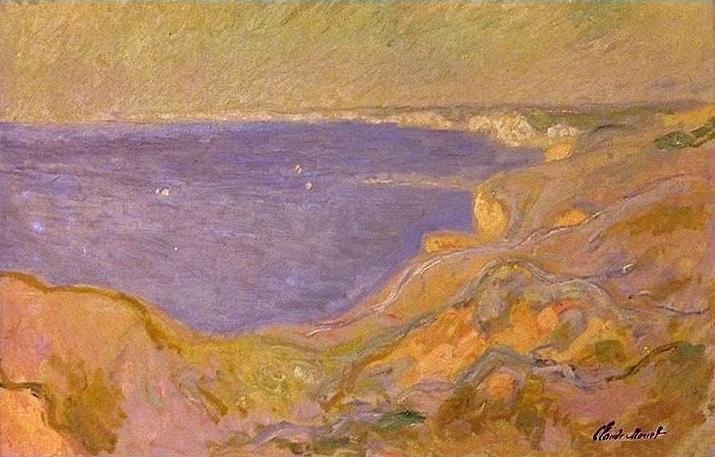Signed June 24, 1995 Effective July 1, 1998 Parties 37 | Signatories 22 | |
 | ||
Condition 5 ratifications (Art. 12) | ||
UNIDROIT Convention on Stolen or Illegally Exported Cultural Objects (Rome, 1995) is the international treaty on the subject of cultural property protection. It attempts to fill gaps of the 1970 UNESCO convention (UNESCO Convention on the Means of Prohibiting and Preventing the Illicit Import, Export and Transfer of Ownership of Cultural Property) which lies at its core. The UNIDROIT convention aims to reduce illegal traffic of cultural property by obligating buyers to check the legitimacy of their purchase.
Contents
Responsibility of an Art Dealer
The convention states that if a cultural property was stolen or illegally exported it has to be returned (Art. 3.1). The question is who is paying the compensation to the claimant in this case. The convention introduces an innovative attitude to the problem: now the dealer is responsible to prove that a cultural object has a legitimate origin. In case cultural property is stolen the final purchaser will have to pay the compensation to the affected party unless he can prove he acted with “due diligence” (Art. 4.1). Moreover, if illegally exported cultural object was inherited or received as a gift the new possessor has the same responsibilities as a buyer. Therefore, museums and other public institutions have to check an origin of donated objects as well. Such measures should be most effective against illegal traffic of cultural property.
To check the legitimacy of the object origin dealer may use international and national databases on the subject of cultural property protection. The largest INTERPOL Stolen Works of Art Database collects information about stolen or illegally exporeted cultural property and issues identification numbers of cultural objects.
The 1970 UNESCO Convention and the 1995 UNIDROIT Convention
The UNESCO Convention on the Means of Prohibiting and Preventing the Illicit Import, Export and Transfer of Ownership of Cultural Property (1970 UNESCO Convention) underpins the UNIDROIT Convention. Compared to the UNESCO Convention the UNIDROIT Convention is more focused on recovery phase and establishes conditions for restitution and return claims on stolen or illegally exported cultural objects.
The UNIDROIT Convention follows the key terminology of 1970 UNESCO Convention. Although term “cultural property” replaced by more comprehensive “cultural objects” the list of their categories remains the same. However the UNIDROIT Convention places it to the annex which makes it easier to change if it is required. The notion “illicit export” is replaced by “illegal export”, the term which underlines the reference to the law prohibition rather than forbiddance in general. Two conventions are “at once compatible and complementary”.
Time Restrictions to Claims for Restitution
The convention regulates time when affected party may claim for return of cultural property and for a compensation. A claim of restitution limited to 3 years since the claimant knew of cultural property location and 50 years since the time of the steal (Art.3.3). However, there are exceptions to this rule. A Contracting State may claim to extend the period of return to 75 years or longer if it is stated in its national law (Art. 3.5).
The UNIDROIT convention is not a retroactive treaty. Its provisions only apply to cultural property stolen after the convention entered into force (Art. 10). This condition intended to focus on prevention of illegal traffic rather than on sorting things out between parties concerning colonisation consequences and war compensations. However the UNIDROIT Contention “does not in any way legitimise any illegal transaction of whatever which has taken place before the entry into force of this Convention” and does not “limit any right of a State or other person to make a claim under remedies available outside the framework” of the Convention (Art. 10.3).
